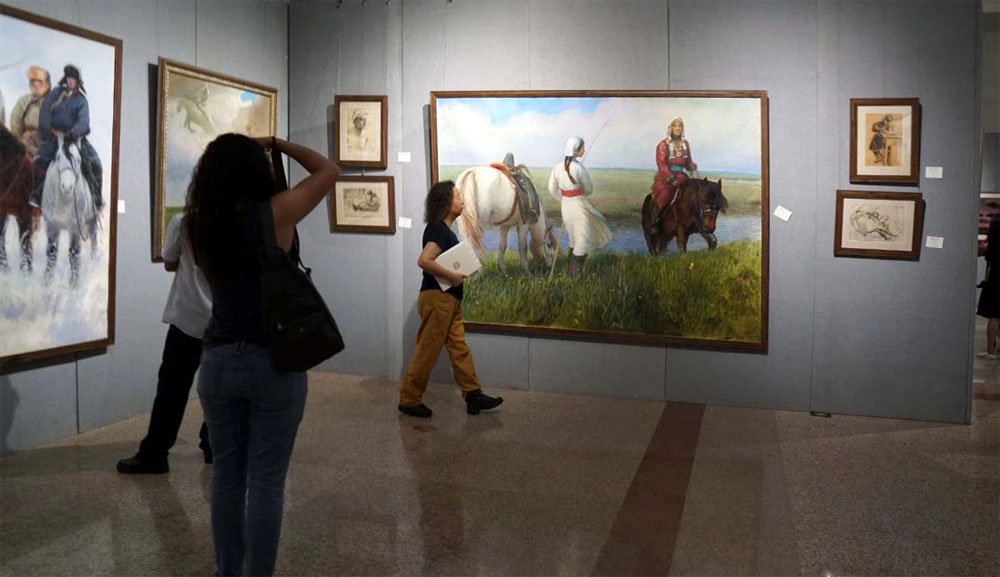|
Jiqun Chen
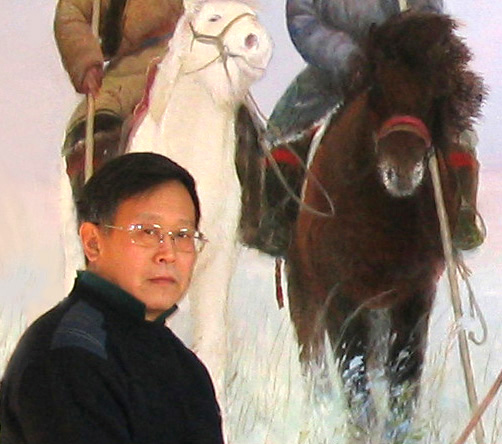
Resume
He was born in Shenyang
in 1947, moved to Beijing in 1948.
He entered the High School Attached to the Central Academy of Fine
Arts in 1963 and graduated in 1967.
In November 1967, he went to Mandu Baolige, East Wuqi, Inner
Mongolia to jump the queue and become a herdsman.
He returned to Beijing in 1980
and worked in the propaganda department of a Beijing bureau.
In 1982, he opened a private "garden studio" and became a
professional painter. He traveled back and forth between sketching
and holding exhibitions in pastoral areas.
In 1985 and 1986, he studied in Xu Beihong Studio of the Central
Academy of Fine Arts.
He joined the Beijing Artists Association in 1986.
In 1991, he visited the
People's Republic of Mongolia.
From 1992 to 2019, Chen Jiqun went abroad to hold exhibitions and
study Tours through Hong Kong to broaden his horizon. He has been to
Malaysia, Singapore, Mongolia, France, Thailand, Russia, South
Korea, Japan and Italy, and also wants to go to Germany,
Netherlands, the United States, Taiwan.
In 1999, he participated in the "Echoing Steppe three-person
exhibition".
In 2000, he founded the former
grassland website
www.jiqunchen.com and
www.cnsteppe.com engaged in Steppe painting and Steppe
ecological protection.
In 2015, he won the "Advanced Cultural Worker Award" of Mongolia.
So far, he has several websites and worked with environmental NGO's
in charge of the Echoing Steppe special fund. Currently nomadic
between painting and environmental protection.
Art Exhibition
1974 Inner Mongolia Art Exhibition
1984 Chinese National Art Museum went to Japan for art exhibition
1984 Beijing Art Exhibition
1985 Beijing Art Exhibition
1985 Central Academy of Fine Arts Xu Beihong studio exhibition
1986 Beijing Art Exhibition
1986 Central Academy of Fine Arts Xu Beihong studio exhibition
1987 Beijing International Art
Garden Spring Festival oil painting exhibition
1988 Central Academy of Fine Arts Xu Beihong studio exhibition
1989 Teacher and student exhibition of Xu Beihong's studio in
Toronto, Canada
1990 Singapore Xu Beihong studio teachers and students exhibition
1991 Xu Beihong's studio exhibition, Gao Ge Gallery, Wang Fu Hotel,
Beijing
1992 he went to Penang, Malaysia to participate in Xu
Beihong's studio group exhibition and held Chen Jiqun's oil painting
exhibition
1992 Singapore Chen Jiqun oil painting exhibition
1993 Malaysian realist Trio
Exhibition
1993 Central Academy of Fine Arts Gallery Chen Jiqun oil painting
exhibition
1993 Hong Kong Chen Jiqun oil painting exhibition
1995 Chen Jiqun exhibition in Penang, Malaysia
1996 Beijing Central Academy of Fine Arts Affiliated High School
"Three-One Art Exhibition"
1997 "Shao Jingkun, Chen Jiqun, Li Kai oil painting Exhibition",
Penang, Malaysia
1998 Beijing Central Academy of Fine Arts Affiliated High School
"Three-One Art Exhibition"
1999 "Echoing Steppe Three Men Exhibition", National Art Museum of
China, Beijing
2001 oil painting exhibition by Chen Jiqun in Penang, Malaysia
2003 Beijing Wenbo Dream Gallery "Into the grassland - Chen Jiqun,
Jimba - Zamusu, Sai Hanna painting exhibition"
2019 Beijing Cultural Palace of Nationalities "Echoing Steppe Five
People Art Exhibition"
2024
"FROM
STEPPE TO PENANG" Chen Jiqun Solo Artshow
photos:
|
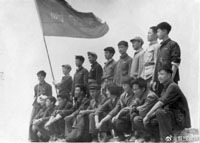
1963 High School attached to the Academy of Fine Arts |
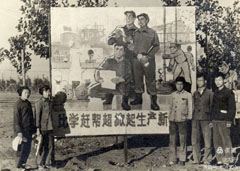
1964
Central Academy of Fine Arts Affiliated Middle School |
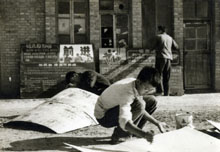
1966
Central Academy of Fine Arts Affiliated Middle School |
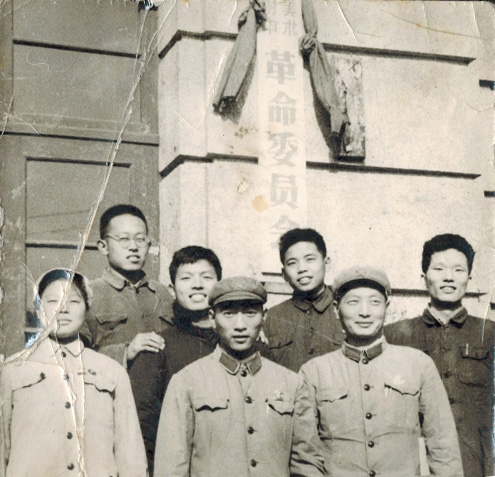
1967
Central Academy of Fine Arts Affiliated Middle School |
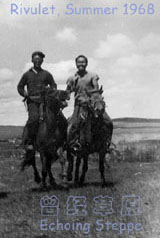
1968 Inner Mongolia |
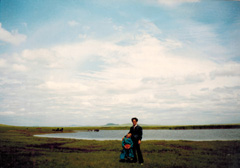
1982 Neringole |
|
|
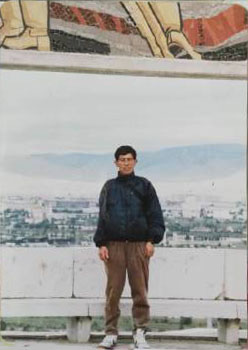
1991 Mongolia |
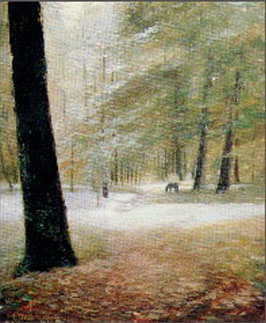
1991 Mongolia |
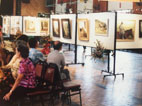
1992 Malaysia
|
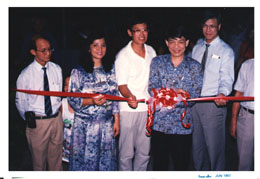
1992 Malaysia |
|

1992 Malaysia |
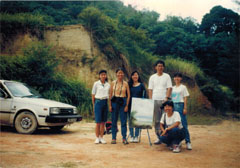
1992 Malaysia |

1992 Malaysia
|
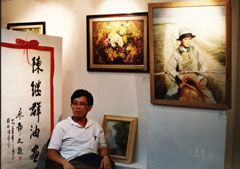
1992 Singapore |
|
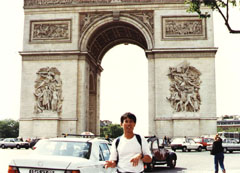
1992 Paris |

1992 Paris |

1993 Malaysia |
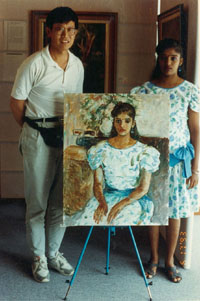
1993 Malaysia |
|
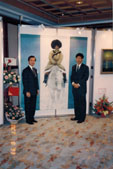
1993 Hong Kong |
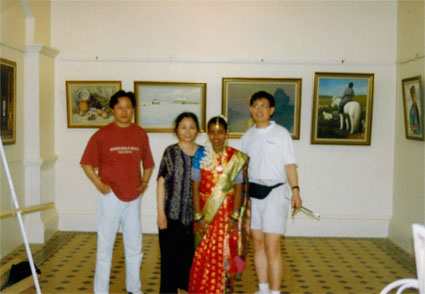
1997 Malaysia |
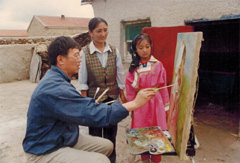
1998 Inner Mongolia |

1998 Inner Mongolia |
|
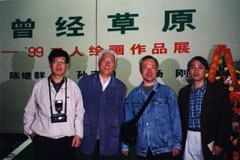
1999 Beijing |
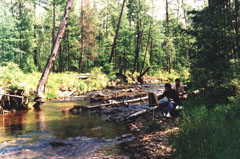
2000 Inner Mongolia
|
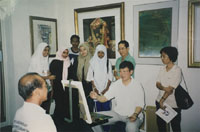
2001 Malaysia |

Beijing
2003
|
|
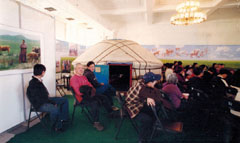
2003 Beijing |
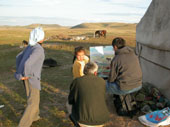
2003 Inner Mongolia |
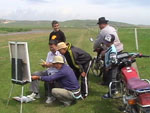
2005 Inner Mongolia |
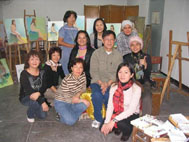
2008 Beijing |
|
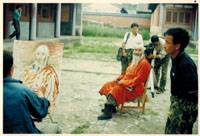
2008
Xilinhaote Bei Zi Temple |
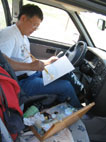
Este Ujumchin
Banner 2009 |
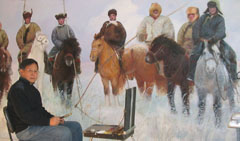
Beijing Studio 2010 |
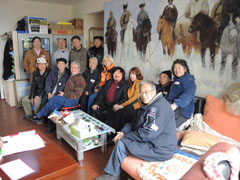
Classmates in 2013
|
|
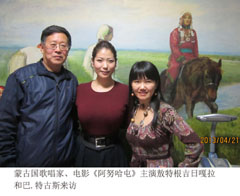
2013 Beijing Studio |
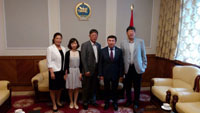
2015 Mongolia |

2017 Beijing |
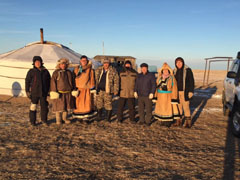
2018 Mongolia
|
|
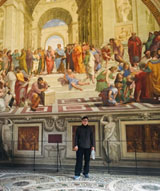
2019 Italy |
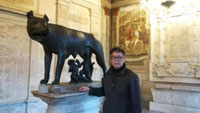
2019 Italy |
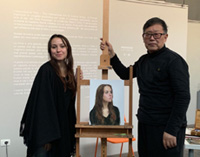
2019 Italy |
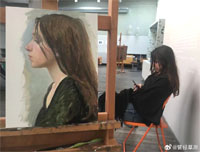
2019 Italy |
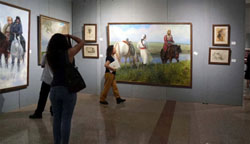
2019
Echoing Steppe Art Show |
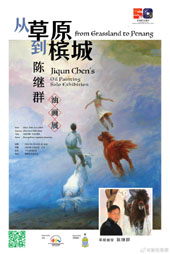
2024 “from Steppe to Penang"
Chen Jiqun Solo Artshow |

2024 “from Steppe to Penang"
Chen Jiqun Solo Artshow |
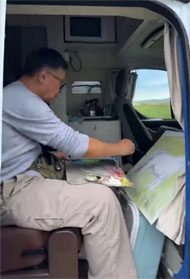
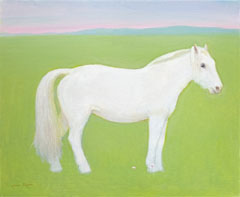
2024 painting in Mandubaolige |
Media reports:
Central
Video Mongolian channel: Chen Jiqun nomadic between painting and
environmental protection (September, 25
2020)
CCTV: Chen
Jiqun: Why do nomads protect grasslands? (August 24, 2020)
Cctv.com:
Chen Jiqun nomads between painting and environmental protection
(May 18, 2020)
news.cri.cn: Steppe painter Chen Jiqun talks about his 17-year
struggle against desertification in Inner Mongolia(July
7, 2017 )
More media
coverage
|
![]()
